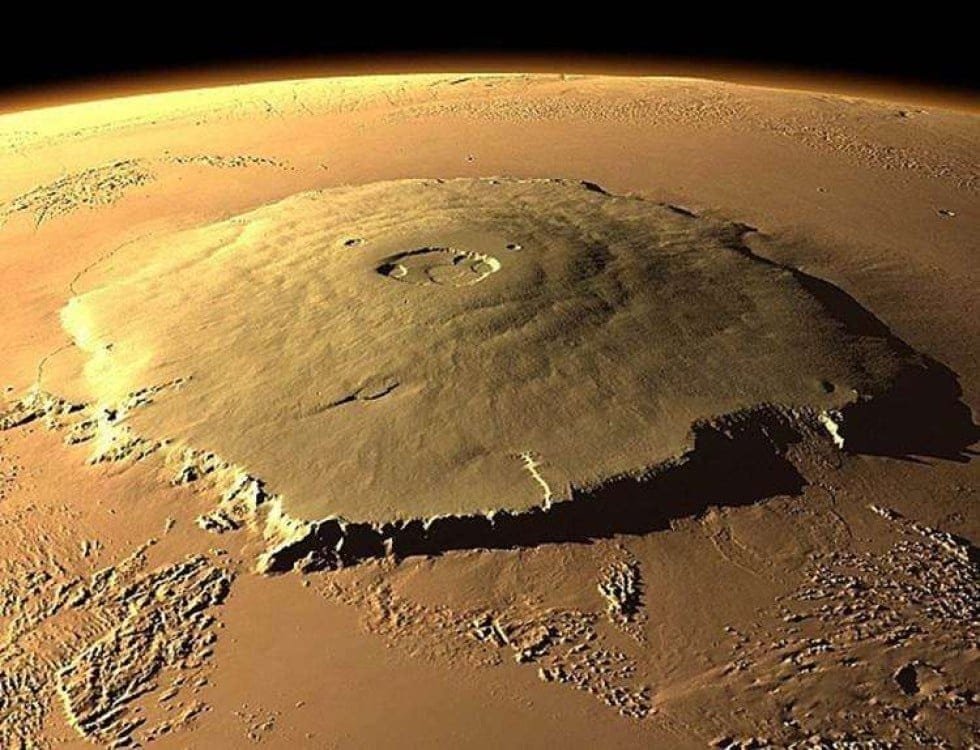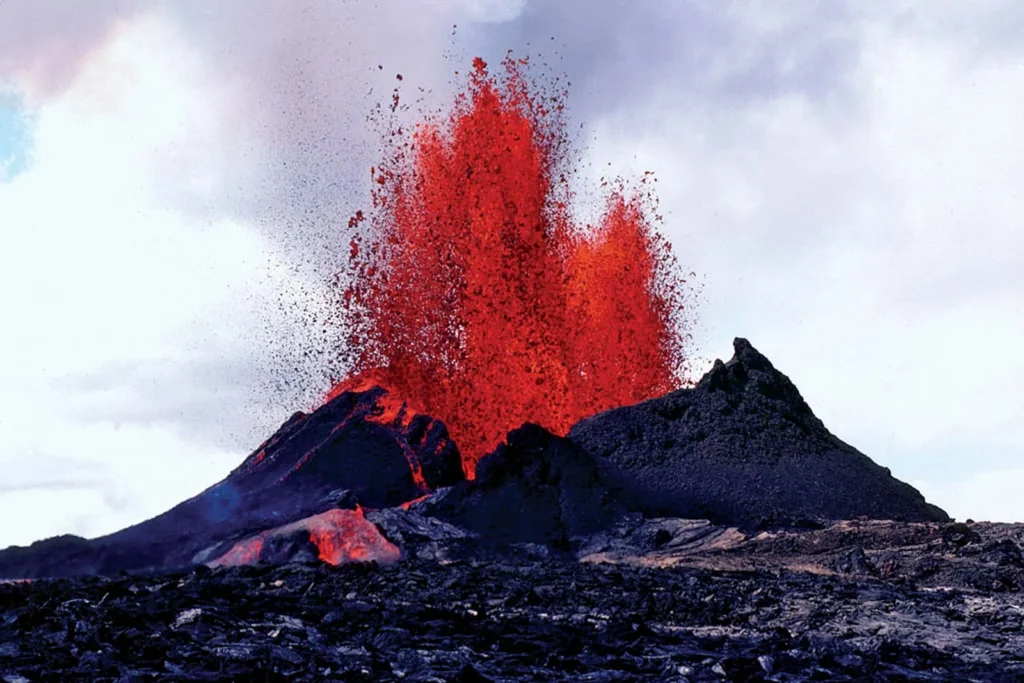The Top 5 Largest Volcanoes by Volume in the World
Volcanoes have fascinated humanity for centuries, standing as powerful symbols of nature’s might. While some are known for their explosive eruptions, others dominate the landscape with their sheer size. Among the thousands of volcanoes on Earth, five stand out as the largest by volume. These geological giants not only showcase the planet’s dynamic nature but also play significant roles in Earth’s ecosystems. Let’s dive into the details of these colossal formations.
1. Mauna Loa (Hawaii, USA)

Mauna Loa, located on the Big Island of Hawaii, is the largest volcano in the world by volume, with an estimated 75,000 cubic kilometers. This shield volcano rises over 9 kilometers from its base on the ocean floor to its summit, making it one of the tallest mountains overall. Its gentle slopes are a result of the fluid lava flows characteristic of shield volcanoes. Mauna Loa’s last eruption in 2022 reaffirmed its status as an active and closely monitored volcano.
2. Tamu Massif (Pacific Ocean)

Tamu Massif is a gigantic underwater shield volcano located in the northwest Pacific Ocean. Once mistaken for part of the oceanic crust, it was identified as a single volcano in 2013. With a volume of around 2.5 million cubic kilometers, it rivals Mauna Loa in size. Though dormant, its discovery expanded our understanding of underwater volcanic formations and the scale of Earth’s geological activity.
3. Mount Erebus (Antarctica)

Mount Erebus is the southernmost active volcano on Earth, located on Ross Island in Antarctica. Rising to 3,794 meters above sea level, its volume is around 2,000 cubic kilometers. It is famous for its persistent lava lake, one of the few on the planet. Despite its icy surroundings, Mount Erebus is a hotspot of geological research, helping scientists understand volcanic processes in extreme environments.
4. Mount Etna (Sicily, Italy)

Mount Etna, Europe’s tallest and most active volcano, stands at 3,357 meters and has a volume exceeding 1,500 cubic kilometers. Its eruptions are frequent, with both explosive and effusive activity shaping the surrounding landscapes. As a UNESCO World Heritage site, Etna holds cultural and scientific significance, influencing human life on the island of Sicily for millennia.
5. Kīlauea (Hawaii, USA)

Kīlauea, also on Hawaii’s Big Island, is one of the most active volcanoes on Earth. While smaller than Mauna Loa, with a volume of approximately 1,500 cubic kilometers, it plays a crucial role in shaping the Hawaiian Islands. Its 2018 eruption, which lasted for several months, reshaped parts of the island and offered insights into volcanic behavior.
These five volcanoes highlight the vastness and complexity of Earth’s geology. From the underwater expanse of Tamu Massif to the icy slopes of Mount Erebus, each represents a unique aspect of volcanic activity. Understanding these giants not only deepens our appreciation of natural wonders but also equips scientists with knowledge to monitor and mitigate volcanic hazards. These monumental structures remind us of Earth’s dynamic power, shaping our planet’s surface and influencing life in profound ways.
For more top 5:
